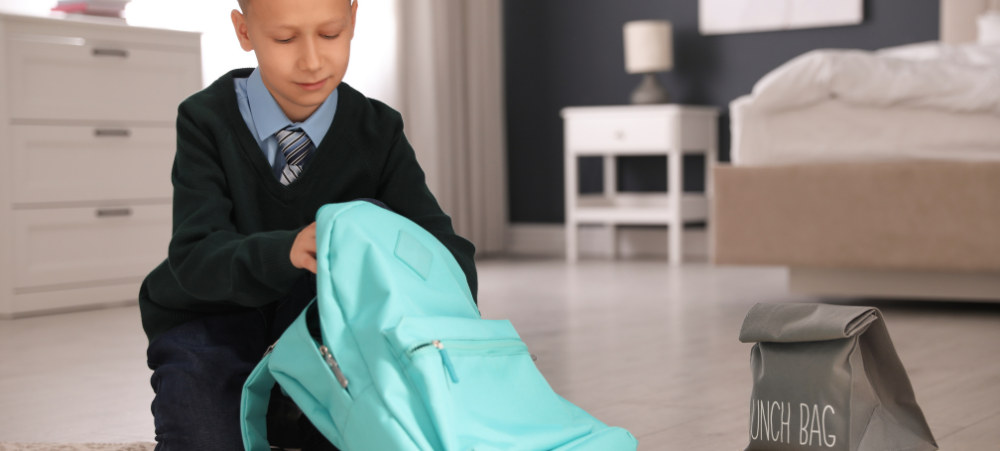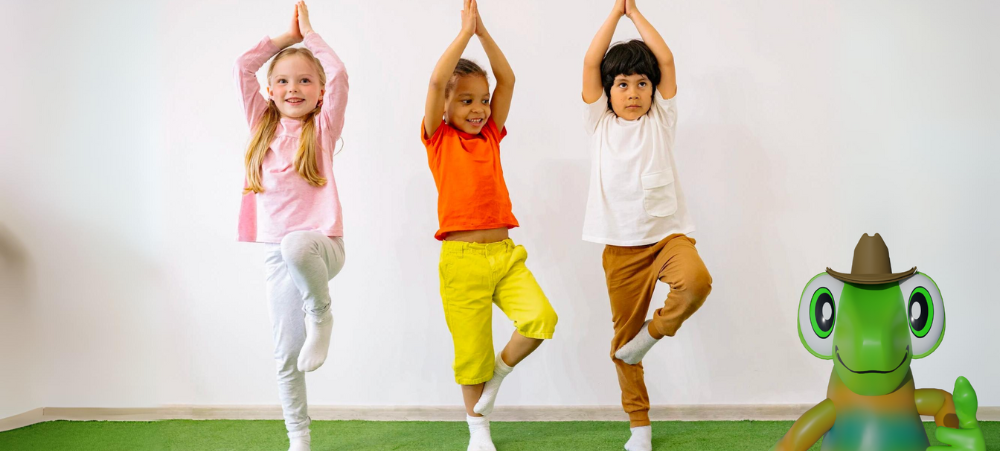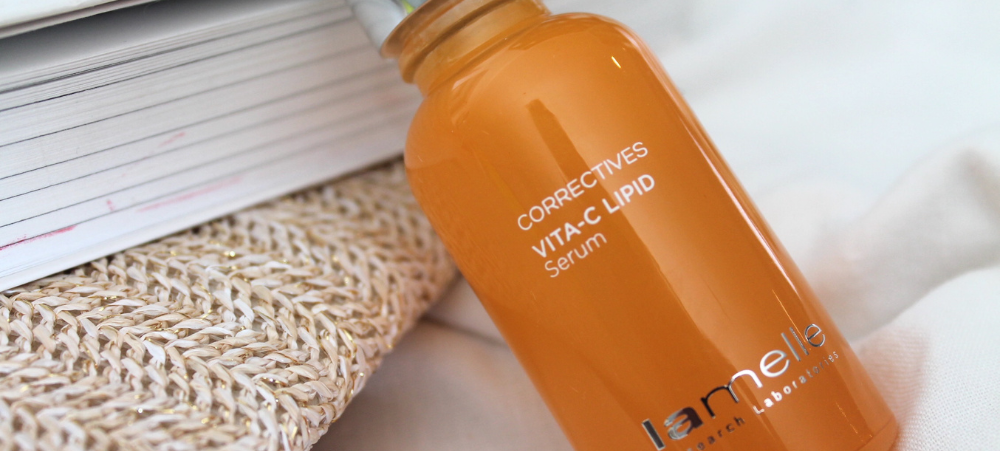
UNDERSTANDING THE IMPORTANCE OF CONTRACEPTION
According to Affinity Health, a leading provider of high-quality health coverage, contraception is a fundamental aspect of reproductive health and family planning. What is Contraception? Contraception, often called birth control, encompasses a range of methods and practices designed to prevent unintended pregnancies. It allows individuals and couples to make informed choices about their reproductive futures, supporting their goals for family planning and personal health. Types of Contraception Methods Available and Possible Side Effects Various contraception methods are available to individuals for family planning and preventing unintended pregnancies. These methods include: Oral Contraceptives (Birth Control Pills) These prescription medications contain hormones to prevent pregnancy. There are combination pills (containing both oestrogen and progestin) and progestin-only pills. Possible side effects of oral contraceptives Nausea Breast tenderness Irregular bleeding or spotting Headaches Mood changes Weight changes Decreased libido (sexual desire) Changes in menstrual flow Injectable Contraceptives Injectable contraceptives often contain the hormone progestogen that stops your body from releasing eggs and thickens the mucus at the cervix, administered once every two or three months (depending on which injectable is chosen). Possible side effects of Contraceptive Injection Irregular menstrual bleeding or spotting Weight gain Mood changes Decreased bone density with long-term use (reversible after discontinuation) Intrauterine Devices (IUDs) These are small, T-shaped devices inserted into the uterus. There are hormonal and non-hormonal (copper) IUDs available. Possible side effects of IUDs Cramping or pain during insertion Irregular menstrual bleeding or spotting (may decrease over time) Expulsion (rare) Infection (rare) Perforation of the uterus (extremely rare) Implants A hormonal implant inserted under the arm’s skin can provide contraceptive protection for up to three years. Possible side effects of Implants Pain or bruising at the insertion site Irregular menstrual bleeding or spotting Headaches Mood changes Weight gain Changes in libido Emergency Contraception (Morning-After Pill) Emergency contraception, which is available without a prescription, can be used to prevent pregnancy following unprotected sex or contraceptive failure. Possible side effects of Emergency Contraception Nausea Vomiting Breast tenderness Fatigue Changes in menstrual cycle Sterilisation Surgical sterilisation methods for permanent contraception are available for both men (vasectomy) and women (tubal ligation). Possible side effects of Surgical Sterilisation Risk of surgical complications (infection, bleeding). Potential regret if future fertility is desired (reversal is not always possible or successful). Barrier Methods Condoms act as a physical barrier between sexual partners, preventing the exchange of bodily fluids, including semen and vaginal secretions, which can carry sperm and infectious microorganisms. A diaphragm is a barrier contraceptive inserted into the vagina before intercourse. Similar to a diaphragm, the cervical cap is a small silicone device that covers the cervix. The contraceptive vaginal ring is a hormonal method inserted into the vagina and replaced monthly. Possible side effects of Barrier Methods Allergic reactions to latex or spermicides (in some cases) Discomfort during sex Reduced spontaneity Natural Family Planning This method, also known as fertility awareness-based methods, involves tracking a woman’s menstrual cycle to identify fertile and infertile days. Possible Deterrents of Natural Family Planning Requires strict adherence to tracking and monitoring methods. Risk of unintended pregnancy if methods are not followed accurately. Contraceptive Patches These patches are worn on the skin and release hormones to prevent pregnancy. They are typically changed weekly. Possible side effects of contraceptive patches may include: Skin irritation at the patch site Nausea Breast tenderness Headaches Mood changes Changes in menstrual flow Spermicides These are chemical substances that are used to kill or immobilise sperm. However, their effectiveness can vary, and they are generally considered to be less reliable compared to other contraceptive methods. The typical-use effectiveness rate for spermicides is around 72% to 82%. This means that with typical use, 18 to 28 out of 100 women using spermicides for a year may become pregnant. Possible side effects of Spermicides Irritation and Allergic Reactions Increased Risk of Urinary Tract Infections “Choosing the right contraceptive method is a personal decision that depends on various factors, including your health, lifestyle, preferences, and relationship status,” says Murray Hewlett, CEO of Affinity Health. “Remember that there is no one-size-fits-all contraceptive method, and what works best for one person may not be suitable for another. Be proactive in discussing your options with a healthcare provider, and don’t hesitate to ask questions until you feel confident in your choice.” The Importance of Contraception Contraception, in its various forms, has far-reaching benefits, including: Empowering Individuals and Couples: Contraception gives individuals and couples the power to decide when, how, and if they want to start or expand their families. This autonomy allows for greater control over life goals, career aspirations, and personal well-being. Promoting Women’s Health: Contraception can help regulate menstrual cycles, alleviate symptoms of conditions like polycystic ovary syndrome (PCOS), and reduce the risk of certain reproductive cancers. Enhancing Maternal and Child Health: Family planning through contraception enables women to space their pregnancies and have healthier pregnancies and childbirth experiences. Spacing pregnancies at optimal intervals reduces the risk of maternal and infant mortality and supports the well-being of both mother and child. Preventing Unsafe Abortions: In regions with limited access to contraception, unsafe abortions are more common. Widespread use of contraception can help reduce the need for dangerous procedures, protecting the lives and health of individuals. Supporting Sustainable Population Growth: Contraception is crucial in managing population growth, particularly in regions with high birth rates. Stopping the Spread of Sexually Transmitted Infections (STIs): Some forms of contraception, such as condoms, offer dual protection by preventing both unintended pregnancies and the transmission of STIs.


































